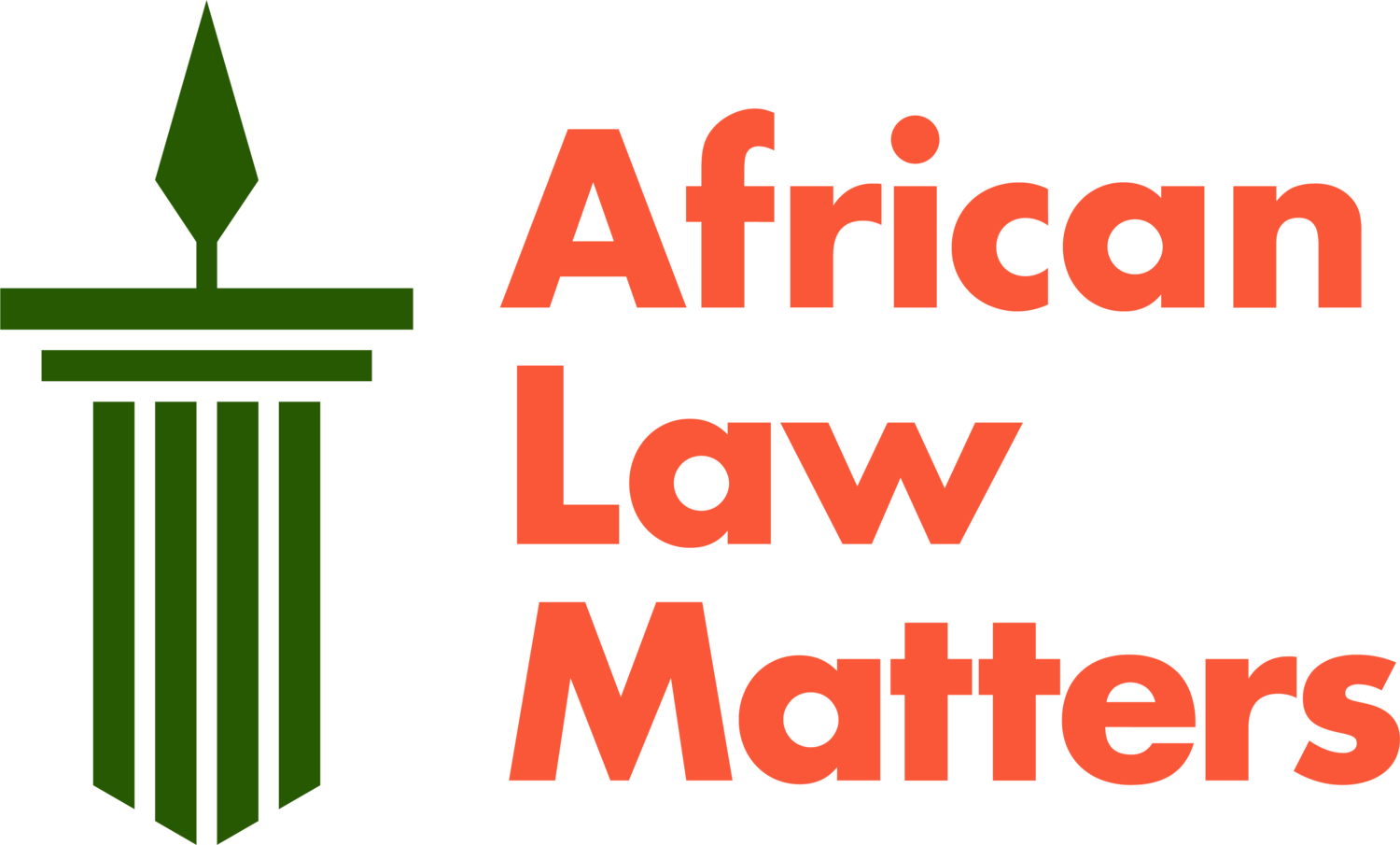Land Dispossession and Labour Control
The intersection of land dispossession and labour control in South Africa’s colonial and apartheid history is starkly illustrated by the recent case of Izaacs v Government of the Republic of South Africa and Others.
This landmark ruling, handed down by the Land Claims Court in October 2023, offers a poignant glimpse into the enduring legacy of racially motivated land theft and its profound impact on indigenous South Africans. This case also inspired me to consider the relationship between land loss and labour control.
The Izaacs family’s story, as recounted in the court judgment, serves as a microcosm of the broader historical injustices that have shaped South Africa’s socio-economic landscape. In the early 20th century, the Izaacs were landowners in the Gordonia area of the Northern Cape, possessing both a farm called Aries and two “water-erfs” (irrigated plots) which they rented out. Their fortunes took a dramatic turn for the worse during the tumultuous events surrounding the First World War and the Afrikaner Rebellion of 1914.
The family, identified as part of a group pejoratively termed “Basters”, faced severe discrimination that left them unable to secure compensation for their losses from the Rebellion Losses Commission. This racial prejudice had devastating consequences - the Izaacs were forced into debt, leading to the sequestration of their properties. From being prosperous farmers, they were reduced to landless labourers, forced to leave the area where they had lived and worked for nearly two decades.
This transformation from landowner to labourer was not accidental, but rather part of a deliberate policy of segregation aimed at turning non-white landowners into a source of cheap labour. As the court noted, “[t]he ‘Bastards’ were expropriated and reduced to labourers in Gordonia by being dispossessed of land. This was the purpose of the policy of segregation: turn Blacks (or Browns) into labourers by dispossessing them of land that they owned”.
The Izaacs case illuminates several key themes that run through South Africa’s history of land dispossession and labour control:
The use of racial discrimination to justify and enable land theft
The deliberate impoverishment of non-white South Africans through dispossession
The creation of a pool of cheap labour through land dispossession
The long-term economic and social consequences of these policies
These themes are not unique to the Izaacs family but reflect a broader pattern of dispossession and exploitation that has shaped South Africa’s economic and social structures for generations.
The history of land dispossession in South Africa stretches back to the early days of colonisation. The arrival of Dutch settlers in the 17th century marked the beginning of a process of land appropriation that would accelerate under British rule and reach its zenith during the apartheid era. The Native Land Act of 1913 formalised this process, restricting Black land ownership to just 7.3% of the country’s land area.
This systematic dispossession served multiple purposes. It satisfied the demands of white farmers and mining interests for access to land and resources. But perhaps more insidiously, it created a large pool of landless labourers who had little choice but to work for low wages on white-owned farms or in the mines. The employment relationship thus became a tool for perpetuating racial hierarchies and economic exploitation.
The concept of control is central to understanding how the employment relationship functioned in this context. As the article points out, the common law contract of employment transplanted from colonial legal systems carried with it notions of subordination and control derived from medieval master-servant relationships. This legal framework provided a veneer of contractual equality to what was, in reality, a deeply unequal power dynamic.
The “control test” developed by South African courts to determine the existence of an employment relationship further entrenched these power imbalances. The control test was a method used by courts to determine whether an employment relationship existed between two parties. It focused on the degree of control the employer had over the worker’s activities.
Courts initially viewed control as the definitive factor in identifying an employment relationship. However, the rigid application of the control test was later criticised for failing to account for more complex modern working arrangements, particularly for skilled professionals with significant autonomy. This led to the development of alternative approaches, such as the “dominant impression” test, to determine employment status. Nevertheless “control” remains an important factor to establishing the existence of the employment relationship in section 200A of the Labour Relations Act and section 83A of the Basic Conditions of Employment Act.
While ostensibly about defining the boundaries of employment for legal purposes, in practice it served to reinforce the authority of (predominantly white) employers over their (predominantly Black) workers.
“The Izaacs case serves as a powerful reminder that the effects of historical injustices do not simply fade away with the passage of time. ”
My article argues that this control extended beyond mere economic power to encompass social control as well. The apartheid system’s web of discriminatory laws - including pass laws and influx control measures - worked in tandem with labour laws to restrict the freedom of movement and economic choices available to Black South Africans.
The Izaacs case, while focussed on land restitution, offers a window into how these historical injustices continue to reverberate through South African society today. The family’s dispossession in the early 20th century had ripple effects that persisted for generations, depriving them and their descendants of economic opportunities and social mobility.
The Land Claims Court’s decision to award compensation to the Izaacs family is a small step towards addressing these historical wrongs. However, it also highlights the enormous challenges involved in undoing the effects of centuries of dispossession and exploitation.
As the article argues, addressing this legacy requires a multifaceted approach that goes beyond financial compensation. It calls for a fundamental re-examination of the structures and assumptions that underpin South Africa’s labour market and economic system.
This might include:
Continued efforts at land reform and restitution, with a focus not just on returning land but on providing the support necessary for sustainable land use and development.
Critical evaluation of labour laws to ensure they promote genuine equality and fair labour practices, rather than perpetuating historical power imbalances.
Addressing the precarious nature of work for many South Africans where the legacies of racial and gender discrimination are still acutely felt.
Recognising and valuing forms of work and economic activity that fall outside the traditional employment relationship, including in the informal economy.
Educational initiatives to raise awareness about the historical context of current socio-economic conditions, fostering greater understanding and empathy across society.
The Izaacs case serves as a powerful reminder that the effects of historical injustices do not simply fade away with the passage of time. The dispossession of land and the exploitation of labour were not isolated events but part of a systematic process that reshaped South African society. Undoing this legacy requires equally systematic and sustained efforts.
As South Africa continues to grapple with high levels of inequality and unemployment, cases like Izaacs highlight the importance of understanding the historical roots of these challenges. Only by confronting this history honestly and comprehensively can the country hope to build a more equitable future.
The article connects the dots between land dispossession, labour control and the enduring socio-economic inequalities in South Africa. It challenges us to think critically about the nature of work and employment in a post-apartheid context and to consider how the legal frameworks governing labour might be reimagined to better serve the goals of justice and equality.
The story of the Izaacs family, tragic as it is, offers a glimmer of hope. It shows that even after a century, it is possible to acknowledge historical wrongs and take steps towards redress. But it also reminds us of how much work remains to be done in addressing the deep-seated legacies of colonialism and apartheid in South Africa’s economic and social structures.
*Marthinus’ full article can be accessed here.


